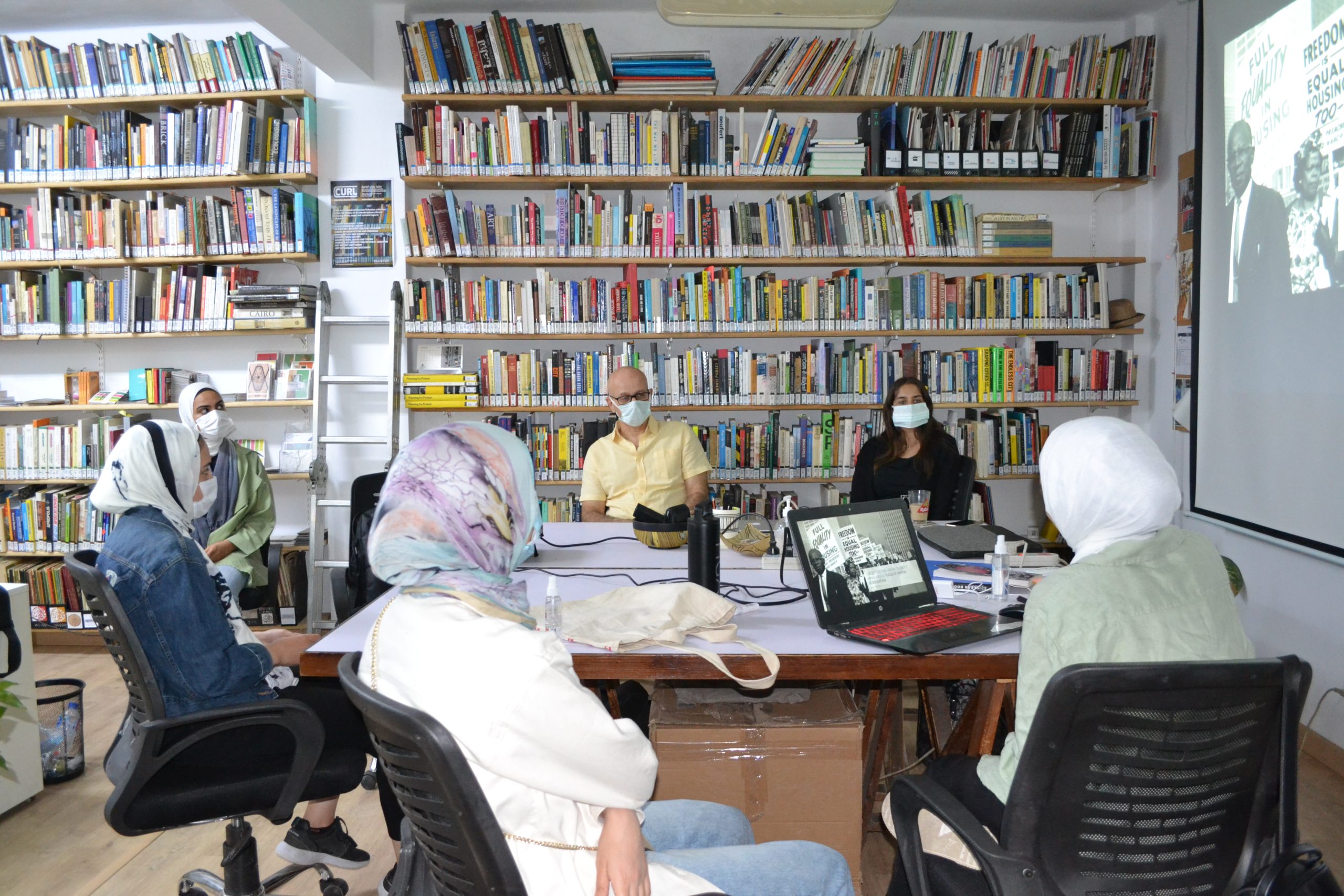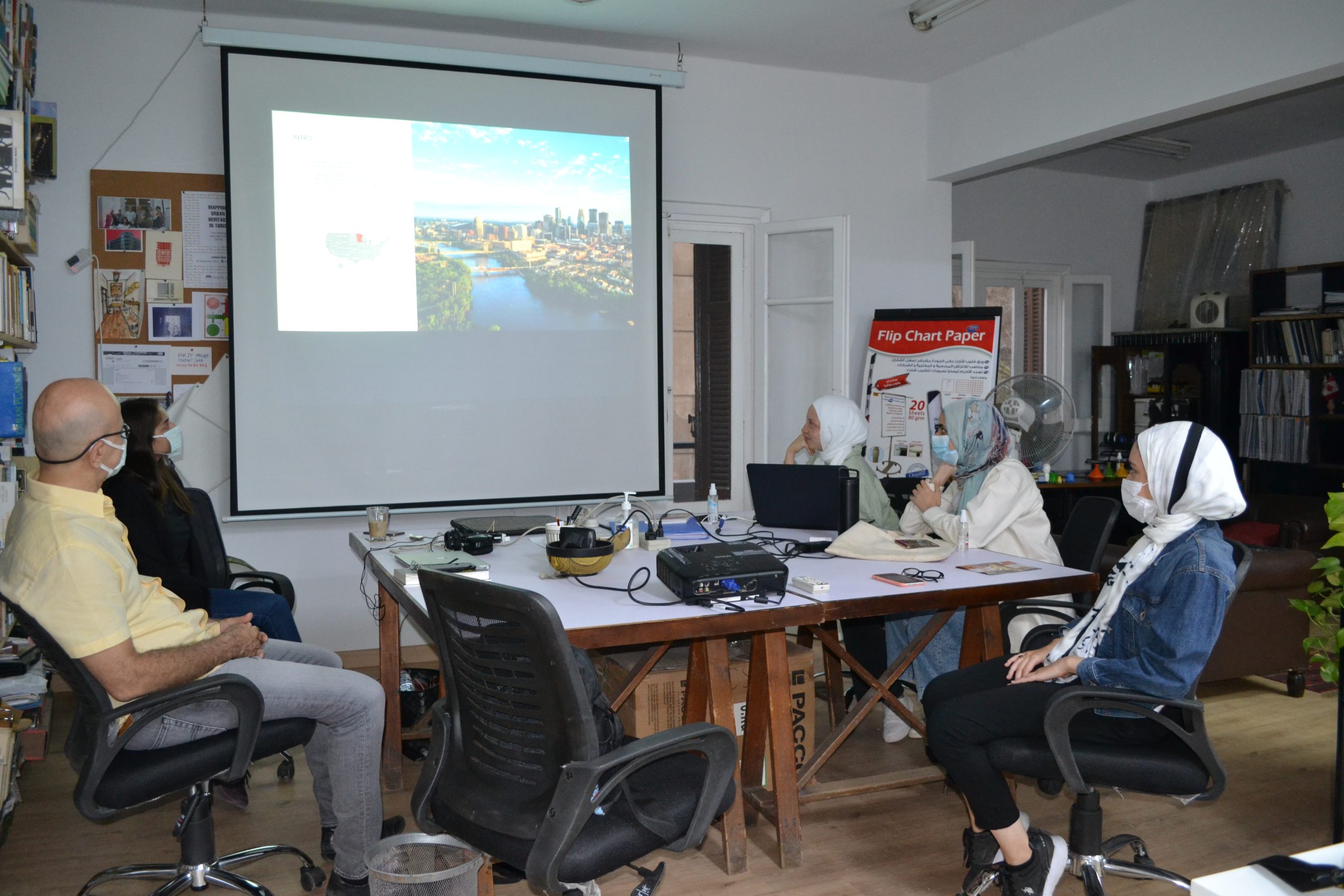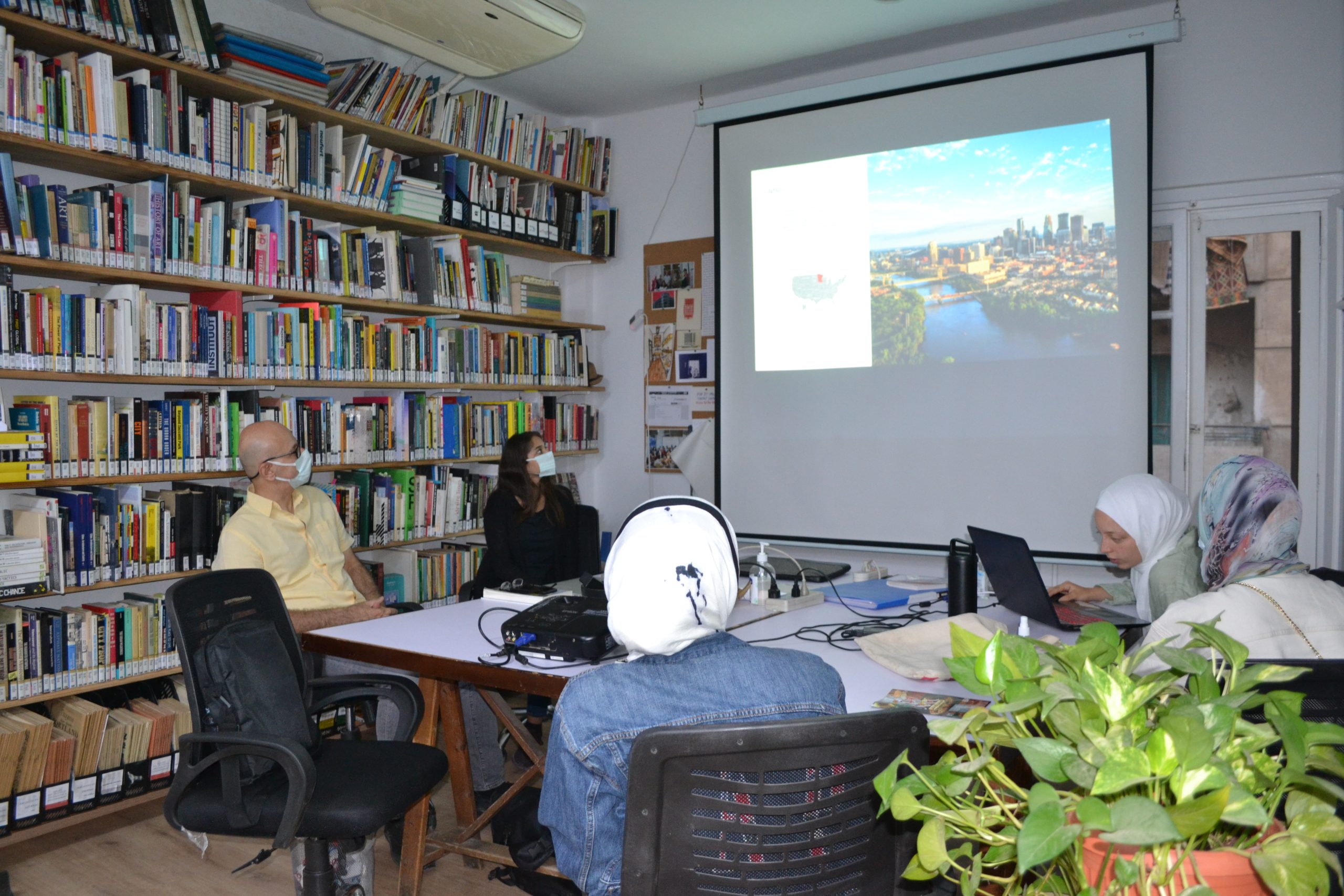The Underlaying Urban Fabric of Minneapolis (Tools of Spatial Segregation)
Noor Abdelhamid
Today, Minneapolis is one of the most liberal metropolitan cities in the United States. Underneath this disguised liberalism are deep-rooted tools of spatial segregation that continue to shape the socioeconomic urban fabric and housing market of the city today. The ideal of the “American Dream” is briefly introduced in the context of wealth accumulation through homeownership not equally provided to BIPOC (Black, Indigenous, and People of Color) communities over the years.
Between the 1910’s-1960’s, racially restrictive tools of racial covenants, redlining, loan restrictions, manual underwriting, and infrastructure were implemented. Targeting BIPOC communities, involved preventing them from owning and occupying homes in certain areas; their association as “encroachments and infiltrations” to the city, thus denying them equal opportunities to mortgage loans; and the construction of highway networks through neighborhoods, disrupting their social fabric.
Not only does this structural racism dictate the urban composition of BIPOC and White neighborhoods to this day, but it also locks BIPOC communities into an economically burdened cycle. Spatially, this is reflected in lower-maintained neighborhoods, lacking access to security, health, and other services.







